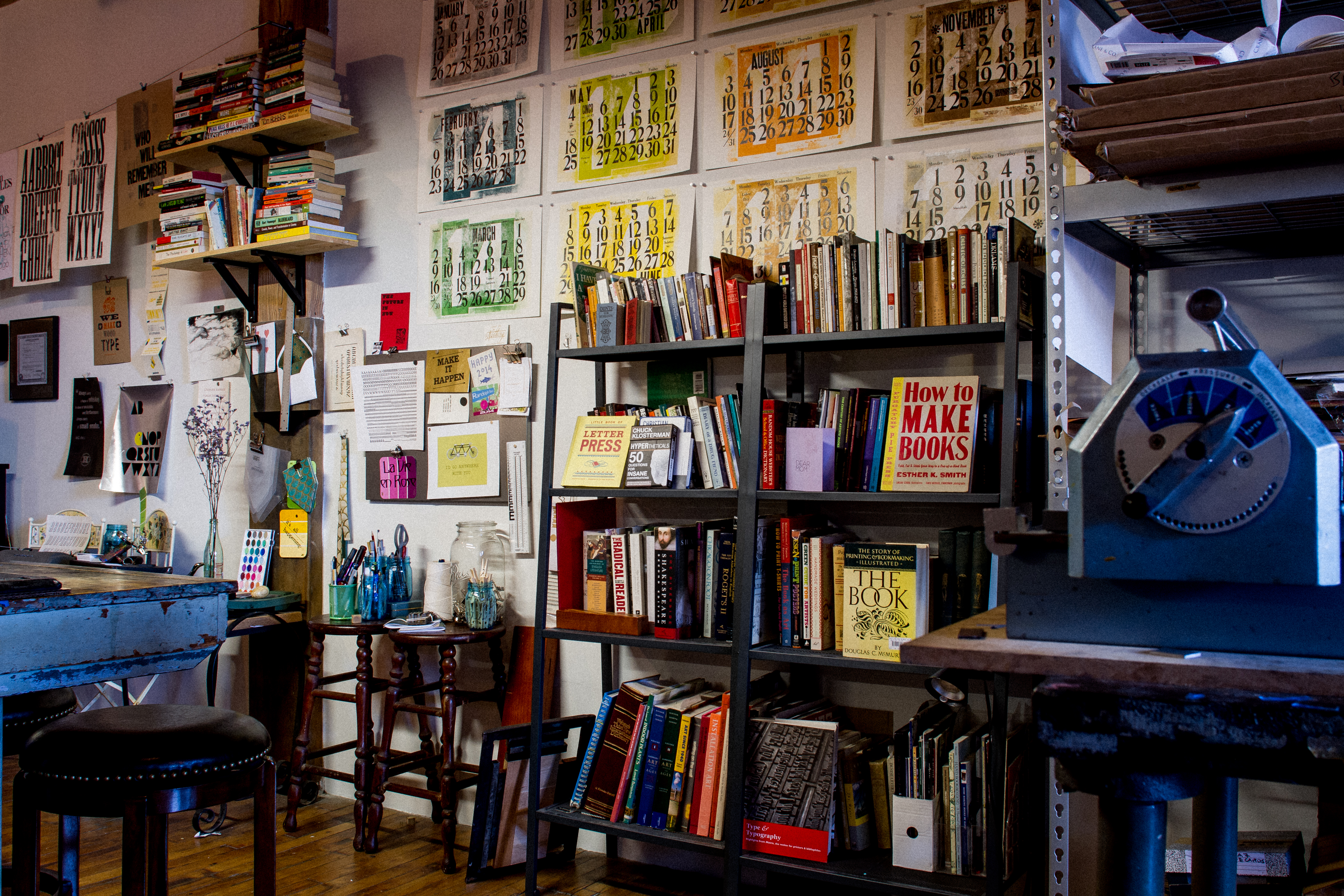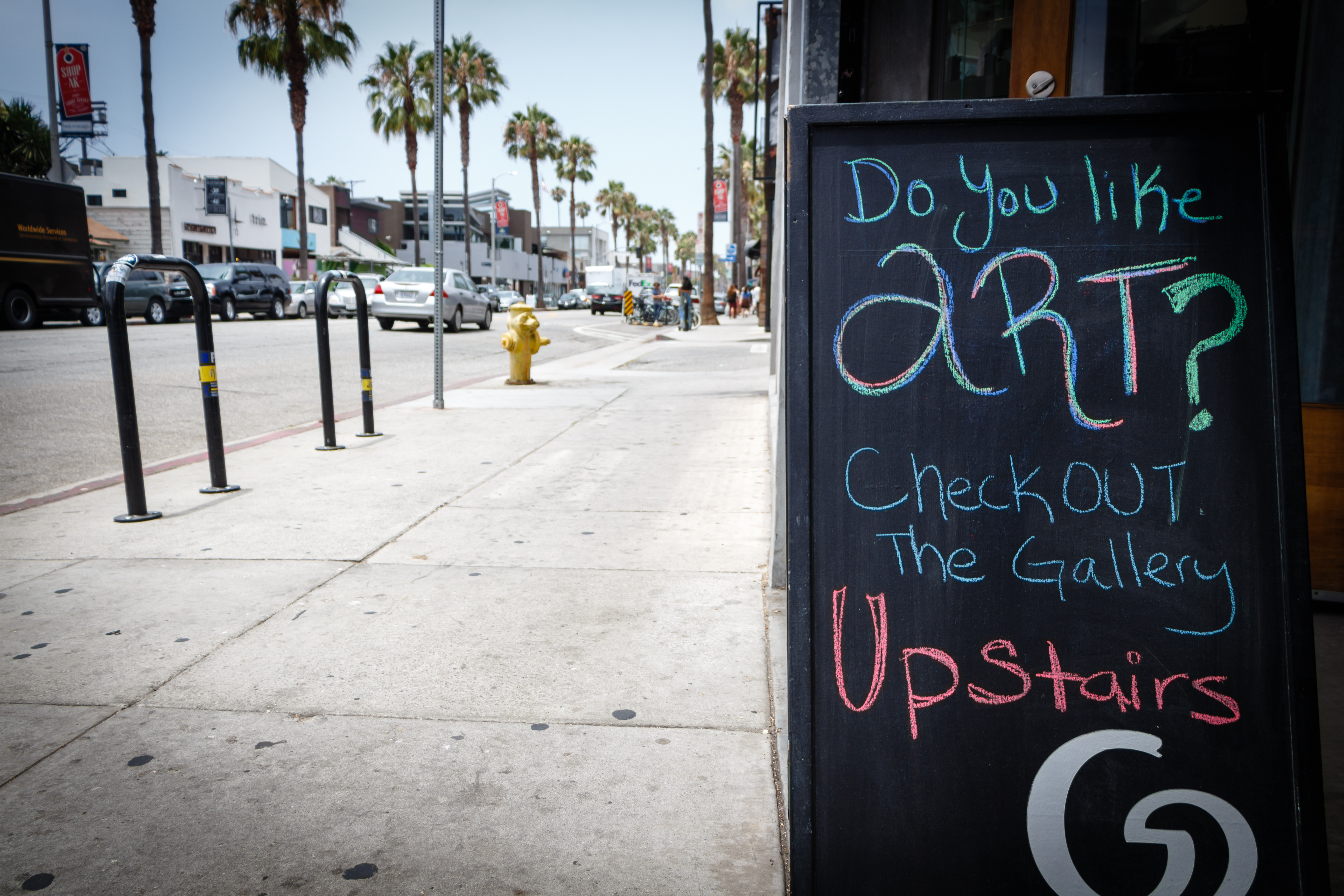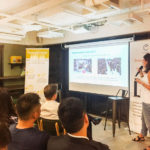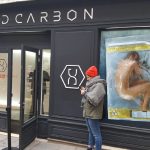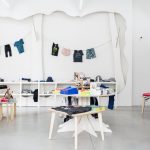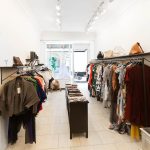Clothes shopping is hard. Does this fit right? Do these match? It’s no wonder online clothing boutiques dominate your Facebook feed these days. One of those boutiques, Frank & Oak, made a name for themselves by bringing men stylish, reasonably priced duds for every occasion. Yet – like many e-commerce companies are finding out – the clothing e-tailer knew they had to develop a physical presence to truly succeed.
“Huh?” You might be asking. “But e-commerce is booming.” And you’d be correct. The US Census pegs e-commerce at right around 6% of all retail sales right now. Forrester expects that number to grow to 11% by 2018. eMarketer projects e-commerce sales to hit $360 billion in 2016. So?
So, that still leaves around 90% of retail sales unaccounted for or around $3.6 trillion. Where do you think those sales come from? Say it with me: brick and mortar. That’s right, people still prefer to make their purchases at a physical store; and purchase they do. Like many e-tailers, Frank & Oak turned their attention toward that other 90%.
Today Frank & Oak offers shoppers two permanent locations, in Toronto and Montreal. They also have Pop-Up Stores in Vancouver, Ottawa, Calgary, and Halifax. Opening a Pop-Up Store is a good start, but Pop-Up Stores are about more than just having a physical location. It’s not enough to throw the doors to your store open, put up a sign, and say, “We’ve landed.” Frank & Oak, along with a number of other retailers, understood this. They’ve shown that expertly designed pop-ups are about a creative marketing strategy as much as they are about tapping into those trillions.
That’s really what Pop-Up Stores are: an extension of your brand’s marketing strategy. Whatever your underlying reason for popping up is – testing new products or potential store locations, generating customer feedback, driving website visits – outwardly your pop-up tells customers you get it. You understand shoppers want to touch and try on products as much as they want to indulge in the ease of online ordering.
As we’ll discover, Frank & Oak’s US-based Pop-Up Stores were a successful venture into the art of crowdfunding. But brainstorming with your crowd of customers isn’t the only way to reinforce the idea you understand their needs. Memorable in-store experiences, and building the hype around your store are just as important to making your pop-up successful.
Crowdsource: the masses have wisdom; use it.
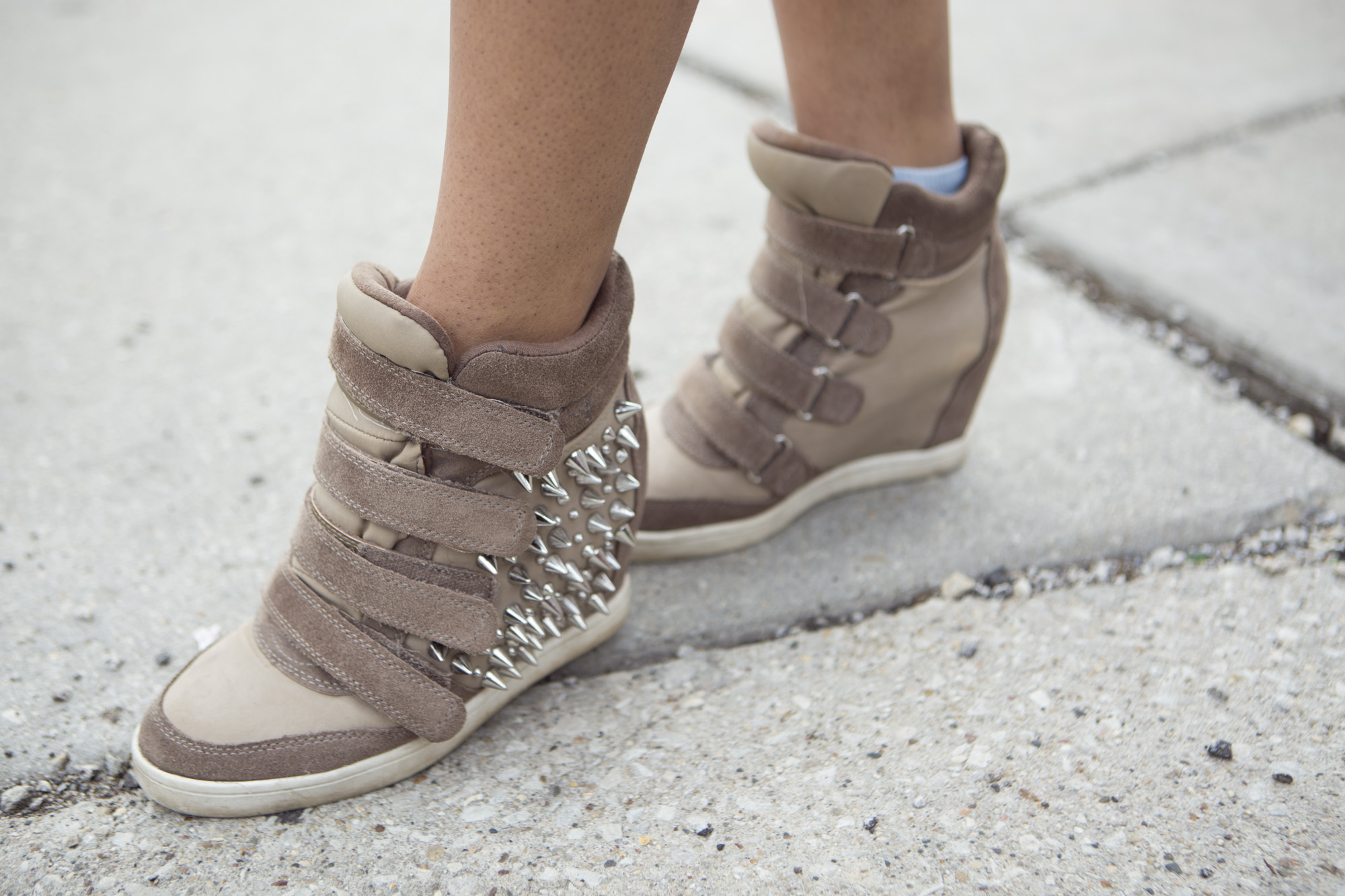
In order to generate interest in a United States Pop-Up Store location, Frank & Oak devised a rather ingenious plan. They offered residents in 12 US cities an opportunity to purchase gift cards. Each dollar spent on a gift card counted as a vote for a given city. Whichever six cities reached $25,000 first would be rewarded with a Frank & Oak Pop-Up Store. The retailers returned the amount pledged by each person in the form of a gift card for the new location. Voters in cities that did not reach the $25,000 threshold received a full refund for their contribution. It’s living proof of the power of interactive, crowdsourced strategies.
Ideaful, a New York City-based company, also operates using the wisdom of the masses. They partner with a number of different organizations to hold contests. In these contests, residents submit, then vote on, ideas to improve city neighborhoods. In one contest, Ideaful partnered with Made in Lower East Side (miLES) to determine what Pop-Up Store should be brought to the Lower East Side. miLES focuses on storefronts in less popular areas, to try to engender economic growth and entrepreneurship in underserved neighborhoods. Their Pop-Up Stores have made as much as $18,000 in three days, received as many as 4,000 daily visitors, and served millions of social media impressions.
Pop-Up Store allow retailers to experiment with new products, sales, store layouts, and locations. Customer feedback helps retailers determine what their shoppers want. By crowdfunding pop-up locations and product arrangements, retailers can be confident their pop-ups are more or less what their customer base wants and may expect from them.
Make the in-store experience memorable; make sure it tells your story
Two menswear companies’ approach to Pop-Up Stores suggest that elaborate crowdfunded schemes aren’t the only road to Pop-Up success. Indochino and Ministry of Supply, companies that have worked with Storefront to find shop spaces, know simplicity is also a strong marketing tool. Both brands operate under the premise that clothing shoppers enjoy the tactile sensation of trying on products before making a purchase.
Indochino specializes in modular Pop-Up Stores. Their Traveling Tailor shops have perfected the art of simple design, and can be ready for business in a new location, in just a few days. Ministry of Supply’s stores, while not spartan, aren’t exactly showy. They showcase just enough product for customers to understand what the full catalog offers. Their founder, Gihan Amarasiriwardena, believes clothing shopping is an “experiential” process. Both brands use a sleek, simple, and sophisticated layout to make clothing shopping as experiential as possible, to tell their story.
Pop-Up Stores tell a story. You should market them as such. Indochino and Ministry of Supply understand their story is the experience of trying on clothes. So their pop-ups focus on that experience, hone in on it. Figure out what story you want to tell and tell it concisely.
Hype. Your. Store(y).
That your brand is a story is an important lesson to learn from Indochino and Ministry of Supply. Another message to remember: Your Pop-Up Store is an event. Turn your store into a story by making it a memorable experience. Turn your Pop-Up Store into an event by driving the hype machine.
Last spring Buffalo Exchange toured the country in a vintage Airstream trailer, to mark their 40th anniversary. A week before the tour the clothing exchange put out a press release describing the tour. Even before the official release, they worked with news outlets to develop stories about their planned journey. They leaked details and posted photo albums to their social media accounts in the run-up to the event.
Other companies, from luxury clothing brands to local pizza parlors, have taken to the airwaves to invite patrons to Pop-Up events. Their social media antics include contests, discounts, and any other number of other promotional tools to generate a buzz around impending pop-up openings.
According to Pop-Up consultants The Lionesque Group, 50% of retailers see an increase in social media engagement while their Pop-Up Store is open. Don’t have a fierce following on social yet? Try partnering with other Pop-Up Stores, piggybacking off of larger events, marketing emails, or crafty signage. There are myriad ways to get your message out there. Figure out what works for you and push those channels early and often.
Go your own way
There are a number of methods with which to turn your Pop-Up Store into a successful marketing tool. Crowdsource; if Frank & Oak are any example, they’ll respond. Make sure your layout and design express the story you want your brand and products to tell. Finally, generate buzz. Like nightclubs that intentionally keep a line outside their doors, get word out to your customers and keep it out there.
Retail shopping is hard. Shoppers need to see, touch, and try on merchandise. It’s part of why consumers spend $3.6 trillion inside retail stores, compared to just a few hundred billion online. But how do they know which store, which Pop-Up Store has their favorite new items? That’s where you come in. Design a marketing strategy that uses your Pop-Up Store as a tool to tell your story. Focus on the wisdom of the masses, the feng shui of your layout, the 24/7 media machine. Focus on what makes your brand unique, then make sure the world knows why.
- Pop Up 101: How To Design Your Pop-Up Store Layout - September 7, 2020
- 5 Reasons Why Your Brand Should Host a Holiday Pop-Up Store - December 10, 2017
- 4 Ways To Capitalize On The “Retail Crisis” in NYC - August 4, 2017

